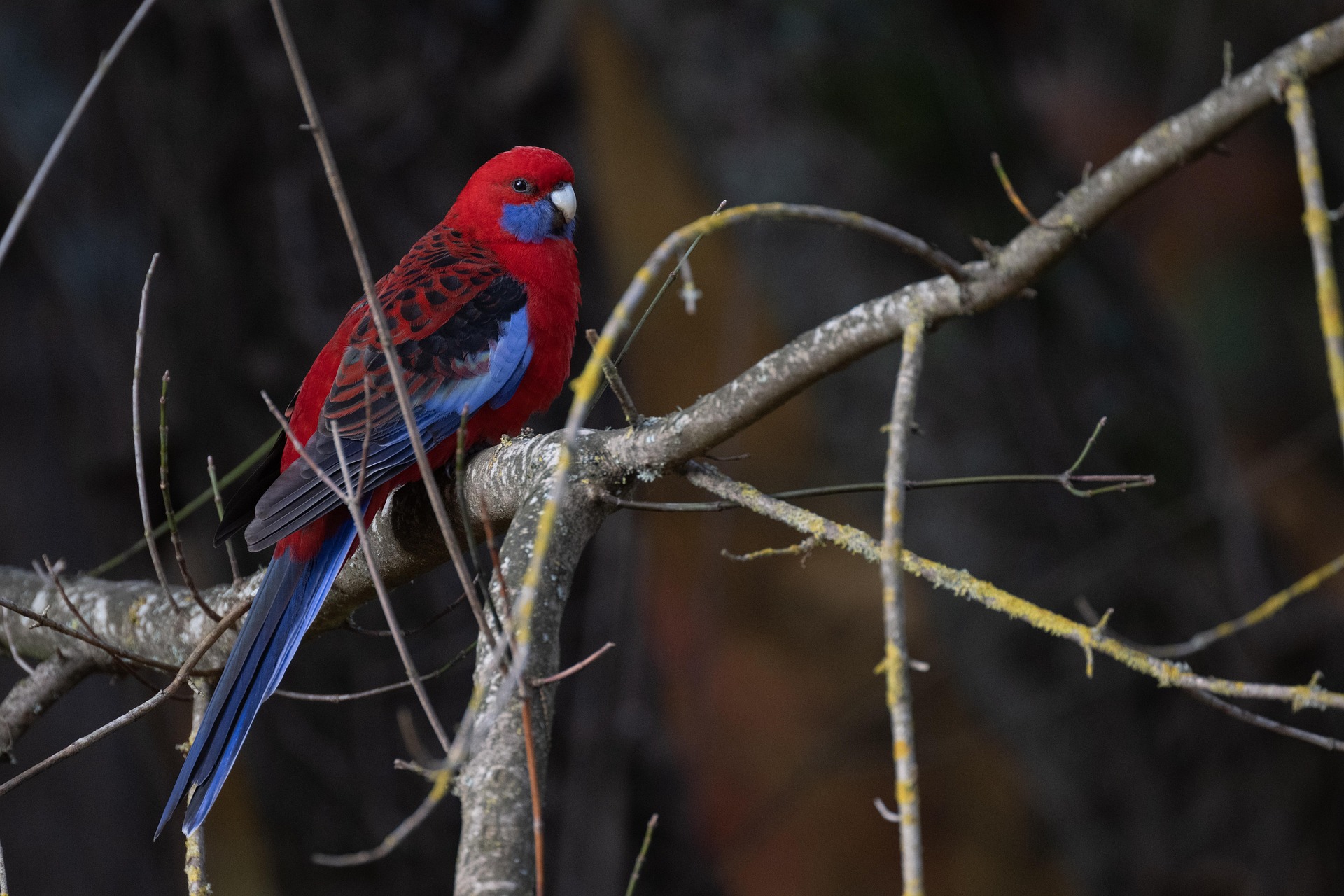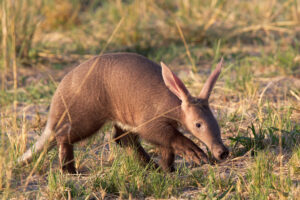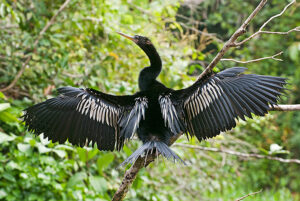Rosellas are a group of vibrant and captivating parrots native to Australia, known for their striking plumage and energetic personalities. These small to medium-sized birds are part of the Platycercus genus and are among the most colorful parrots in the world. With their bold mix of reds, blues, greens, and yellows, Rosellas are easily recognizable and a favorite among bird enthusiasts. But beyond their beauty, there’s much more to these fascinating creatures. Let’s dive into the world of Rosellas!

Physical Appearance
One of the most remarkable features of Rosellas is their colorful plumage. Each species within the Rosella family displays unique color patterns, making them a visual delight. For example, the Eastern Rosella has a vivid red chest and blue wings, while the Crimson Rosella boasts a rich crimson red body with blue or black wings. The vibrant feathers not only make them beautiful but also serve as camouflage in the wild, helping them blend with the colorful Australian forests and woodlands.
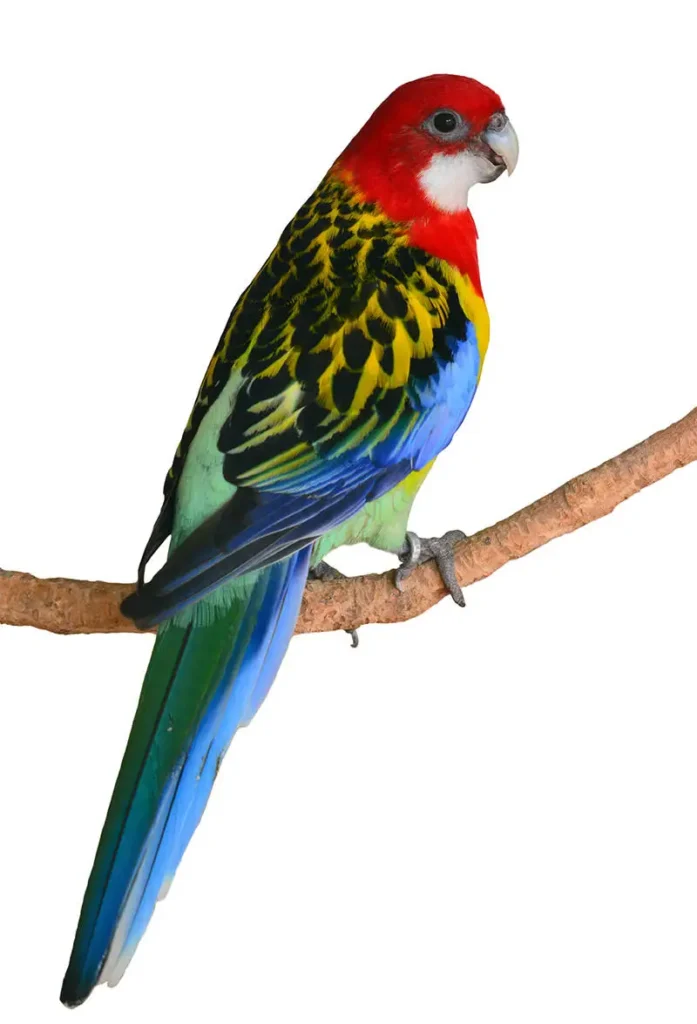
Generally, Rosellas are small to medium in size, with a length ranging from 12 to 14 inches (30 to 35 cm). They have a slender build and are agile flyers, often spotted darting between trees or foraging for food on the ground.
Habitat and Distribution
Rosellas are found across various regions of Australia, from the lush forests of southeastern Australia to the open woodlands and parks of Tasmania. They also inhabit parts of New Guinea, although Australian species are the most well-known. Rosellas thrive in areas that provide abundant food and nesting opportunities, such as coastal forests, temperate woodlands, and even suburban gardens. Their adaptability to different environments has helped them maintain stable populations in the wild.
Diet and Feeding Habits
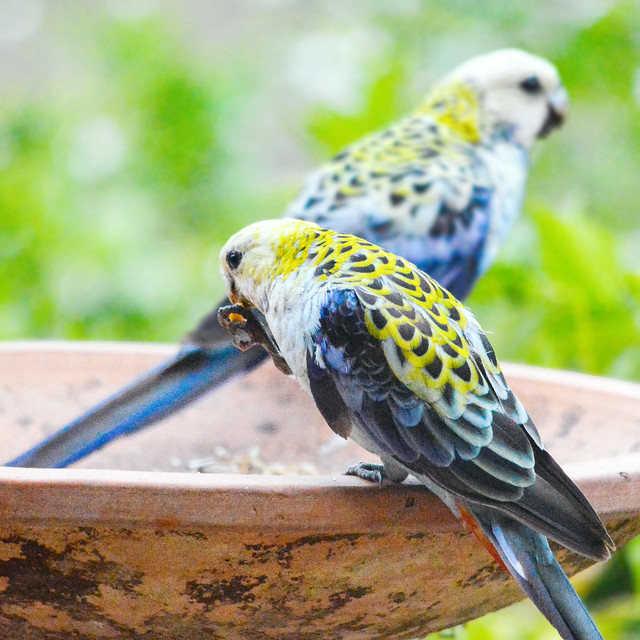
Rosellas are primarily herbivores, feeding on a wide variety of foods. They primarily consume seeds, berries, fruits, and nectar, but they are also known to eat insects and small invertebrates. In the wild, they forage for food both in trees and on the ground. Rosellas are particularly fond of eucalyptus leaves and flowers, which are an important food source for some species, such as the Yellow Rosella. Their diet can also include seeds from native grasses, nuts, and other fruits found in their natural habitats.
Behavior and Social Structure
Rosellas are social and playful birds, often found in pairs or small flocks. They are highly active and enjoy flying long distances between trees, often foraging together in their groups. Rosellas communicate with each other using a series of melodious calls, which can be heard echoing through the trees. While they aren’t as loud or vocal as some larger parrot species, their calls are distinctive and play an important role in maintaining communication within their flocks.
These parrots are known for their curiosity and intelligence. In the wild, they are often seen exploring new areas, hopping between branches, or investigating their surroundings for food.
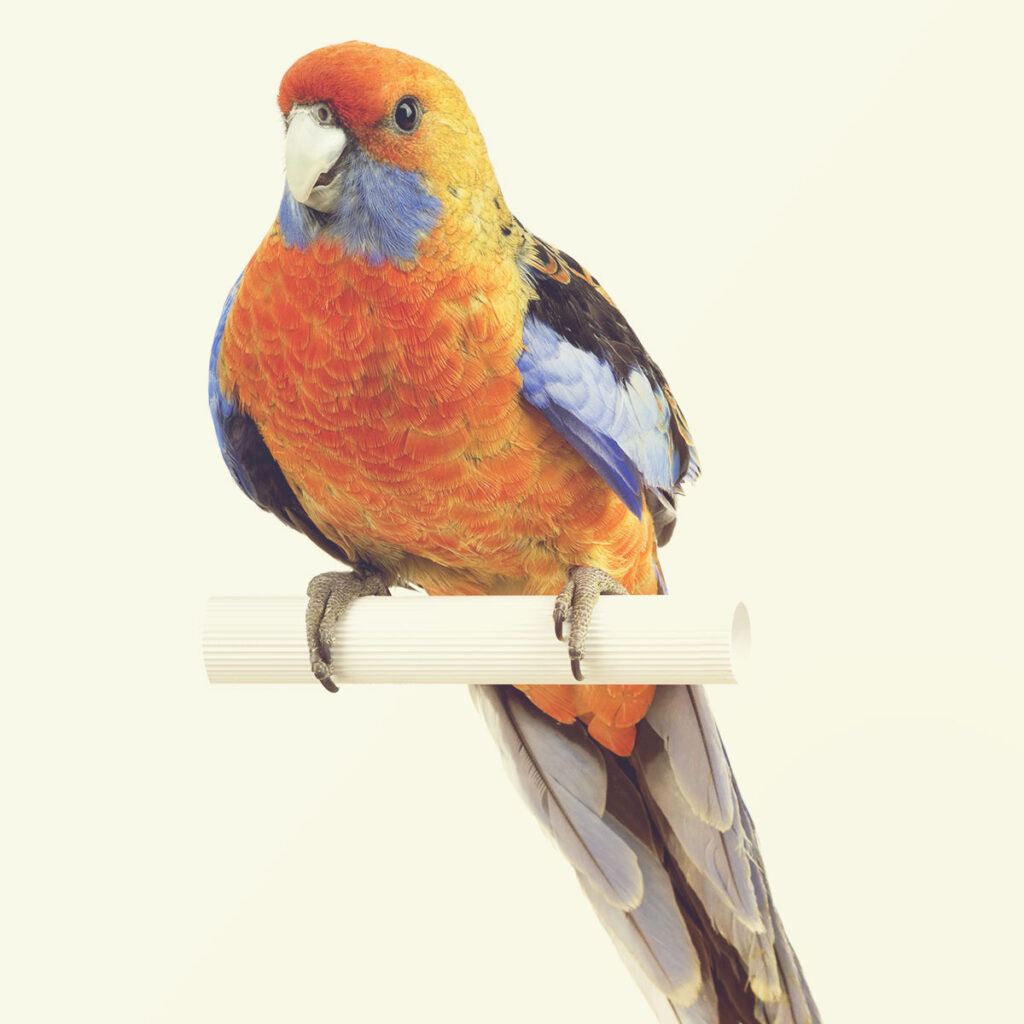
Breeding and Nesting
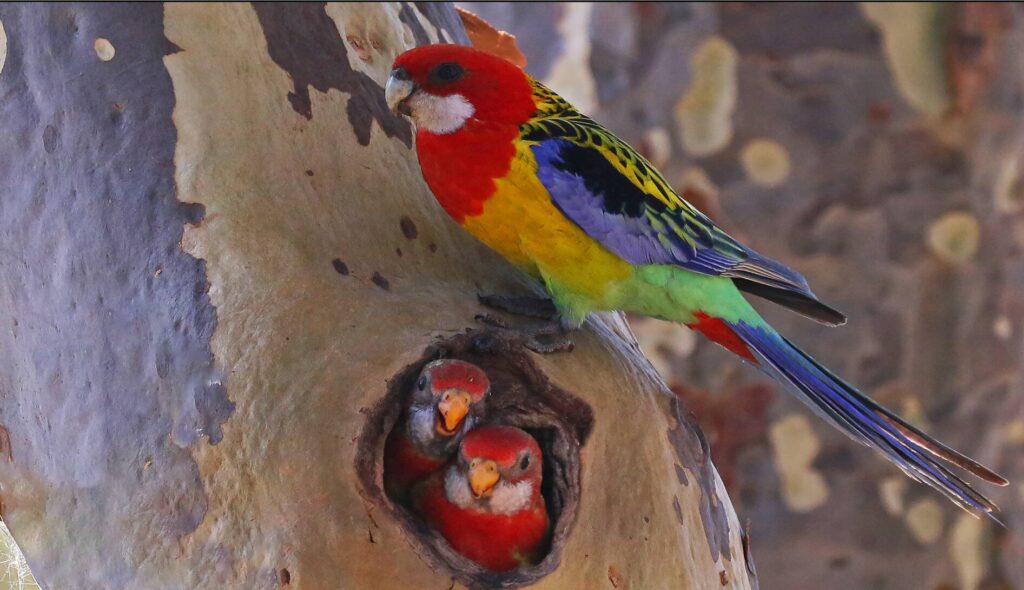
Rosellas typically breed during the Australian spring and summer months, from September to January. They build their nests in tree hollows or dense vegetation, where the female lays between 3 to 8 eggs. Both parents take turns incubating the eggs, and after about 18 to 20 days, the eggs hatch. The chicks are cared for by both parents, who feed them a diet of seeds, fruits, and other soft foods. Once the chicks are old enough to fly, they leave the nest and begin exploring the world around them.
Conservation Status
Rosellas are not currently considered endangered, and most species maintain stable populations in the wild. However, habitat loss due to deforestation and urban development can pose threats to their natural environments. In addition, while Rosellas are occasionally captured for the pet trade, their populations are still robust in the wild, and they remain a popular bird among birdwatchers and enthusiasts.
Efforts to preserve their natural habitats, particularly in regions where forests and woodlands are being cleared for development, are vital in ensuring that Rosellas continue to thrive for generations to come.
Conclusion
With their stunning plumage and playful personalities, Rosellas are undoubtedly one of Australia’s most beautiful and beloved bird species. Their adaptability to various environments, social behavior, and intelligent nature make them fascinating creatures to observe. Whether they are soaring through the skies or hopping through the trees, Rosellas are a true representation of the natural beauty and diversity found in Australia’s wildlife. If you ever get the chance to spot one, take a moment to appreciate these colorful parrots and the role they play in their ecosystems.

